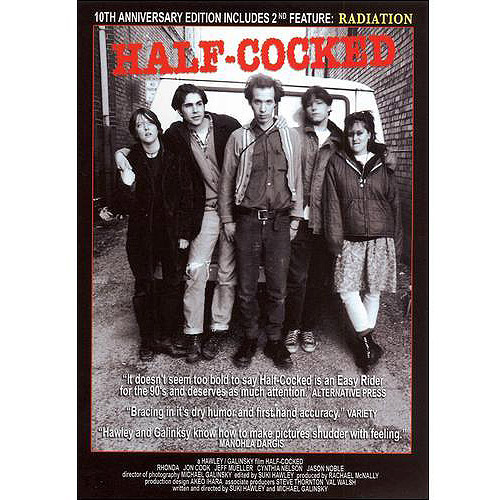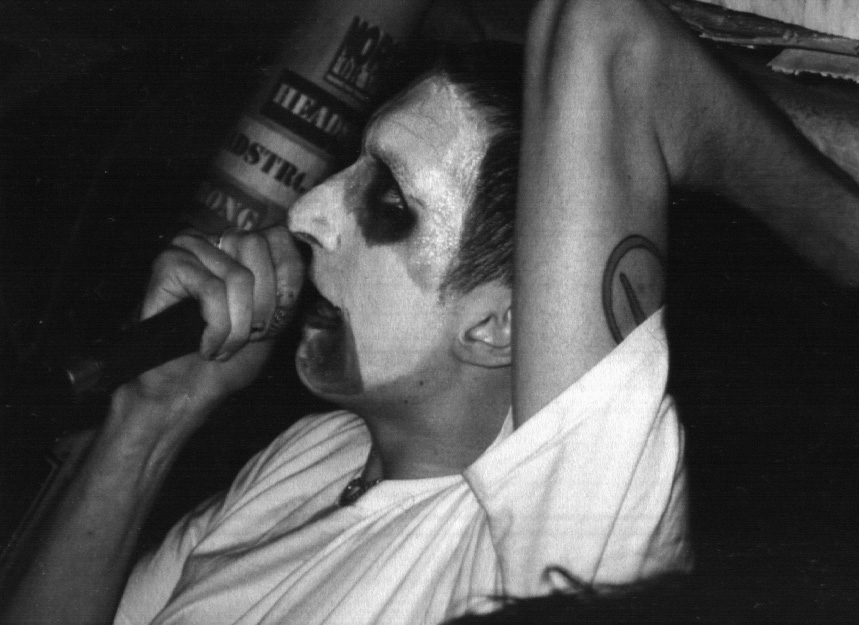Maybe 1995. I was going to shows, listening to bands, and reading zines. (Which, at least on paper, doesn’t seem too far removed from my current condition as I write this in 2013.) Three in particular impressed me: Josh Grabelle’s Trustkill, Eric Weiss’s Rumpshaker, and Norman Brannon’s Anti-Matter. Somewhere in there, I got the idea to do of my own.
In the summer of 1996, the first issue of Eventide came out. I had almost no idea what I was doing: I laid the whole thing out in Microsoft Word, for one. I wasn’t entirely sure how to make an interview flow properly. I reviewed pretty much everything that was sent to me, feeling that an egalitarian review policy was the way to go. (Later, this would lead to review sections in eight-point type; perhaps not my finest hour, design-wise.) There would be a total of six — though work was underway on a seventh at the time that I started focusing a lot more of my energy on the record label I was helping run. It’s where I learned a lot about writing, and it’s one of the reasons that the whole concept of DIY remains vital to me.
A few years ago, I got the idea to start posting some of the interviews I’d done for Eventide online somewhere. This process took longer than expected, primarily as a result of all of my archives being on ZIP disc. (Ah, the storage medium of the future of 1999.) Going through these interviews was, and is, an occasionally bittersweet process. Some of the artists I spoke with are no longer with us; there are passing references to friends and acquaintances who are also gone. Look back too far and it’s bound to happen; that doesn’t make it any more pleasant.
Not all of the interviews from Eventide will wind up here — some haven’t aged well; others were conducted before I had any idea of what I was doing. But I’m hoping that a lot will; given that it was an era when a lot of writing about punk, hardcore, and indie rock wasn’t happening online, there’s a dearth of information on a lot of artists whose music meant (and continues to mean) a lot to me. Here’s hoping that this represents a small step towards rectifying that.
Thanks for reading.


